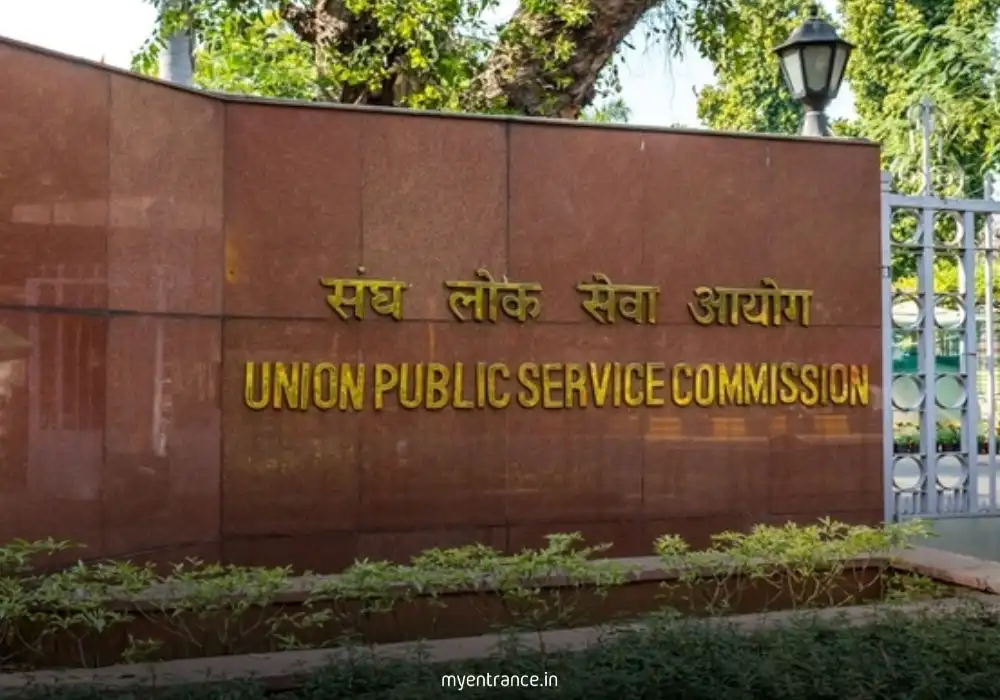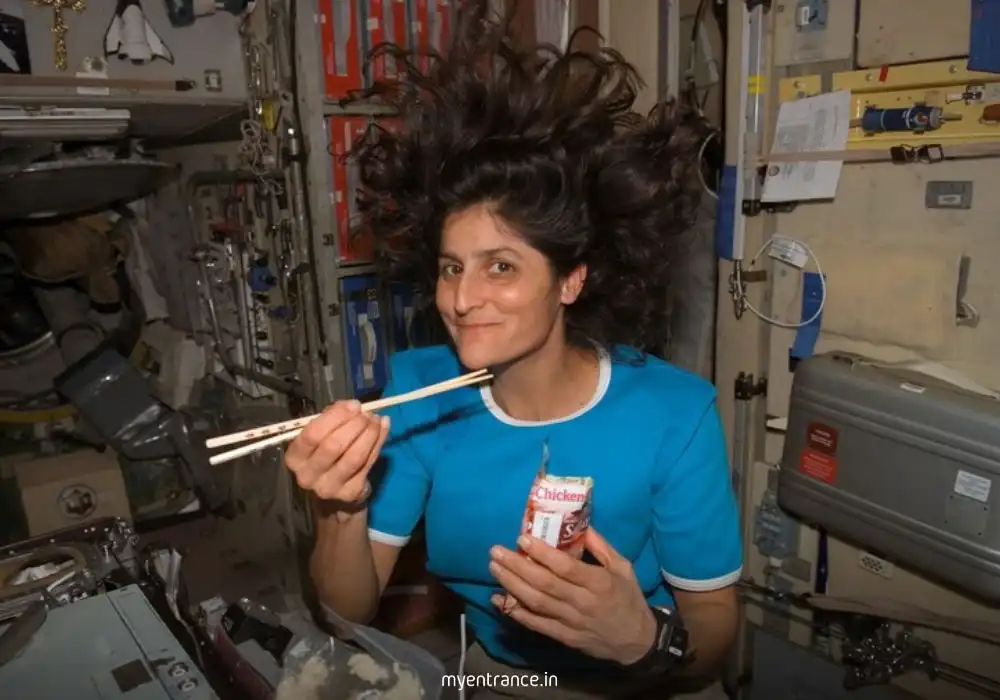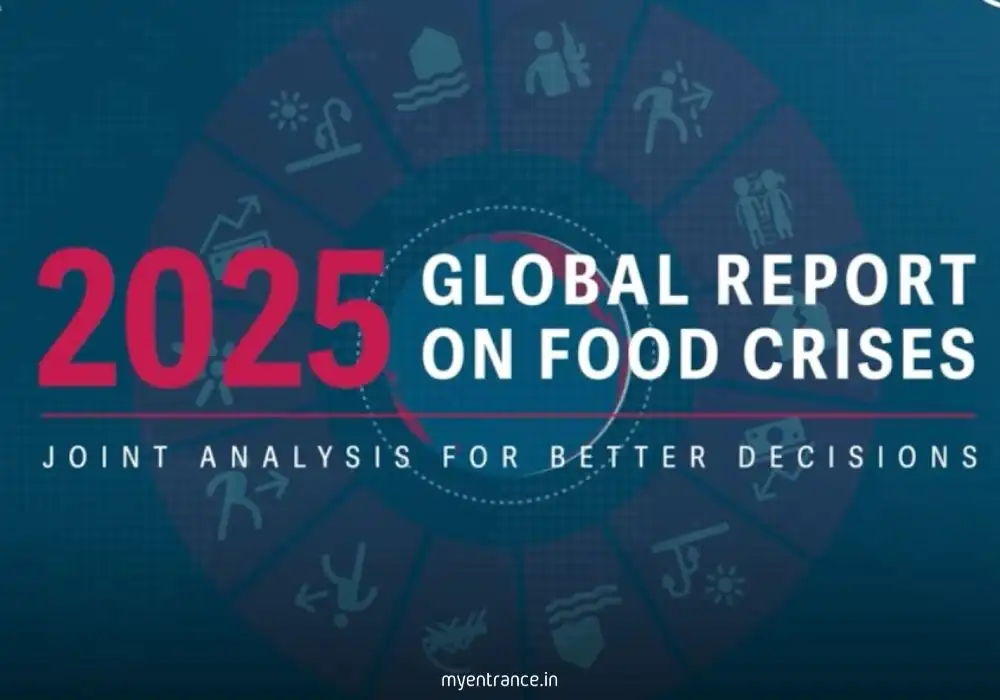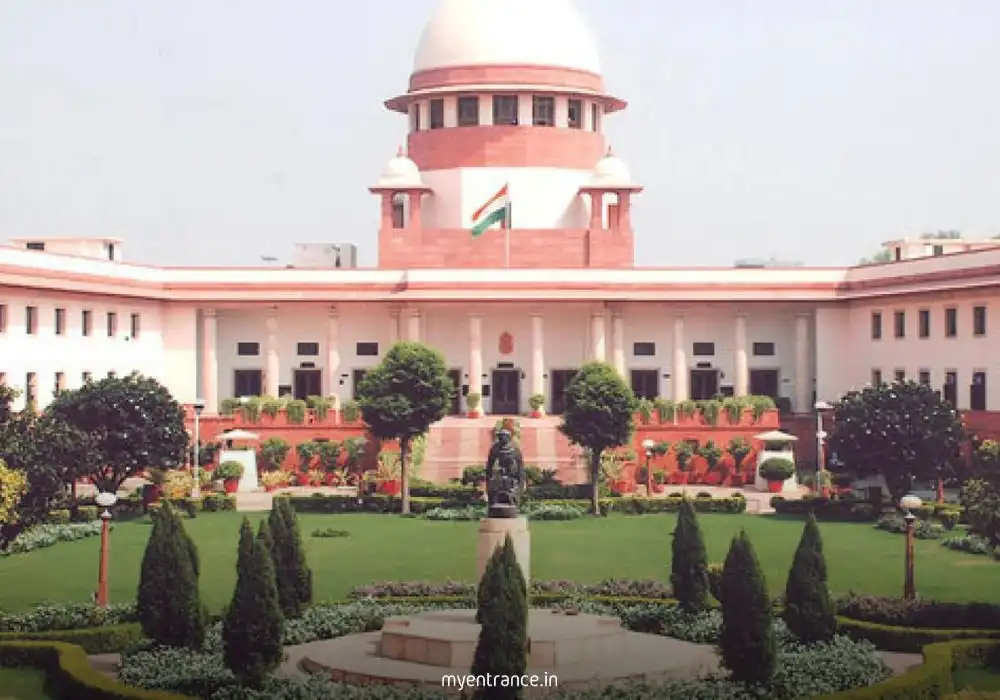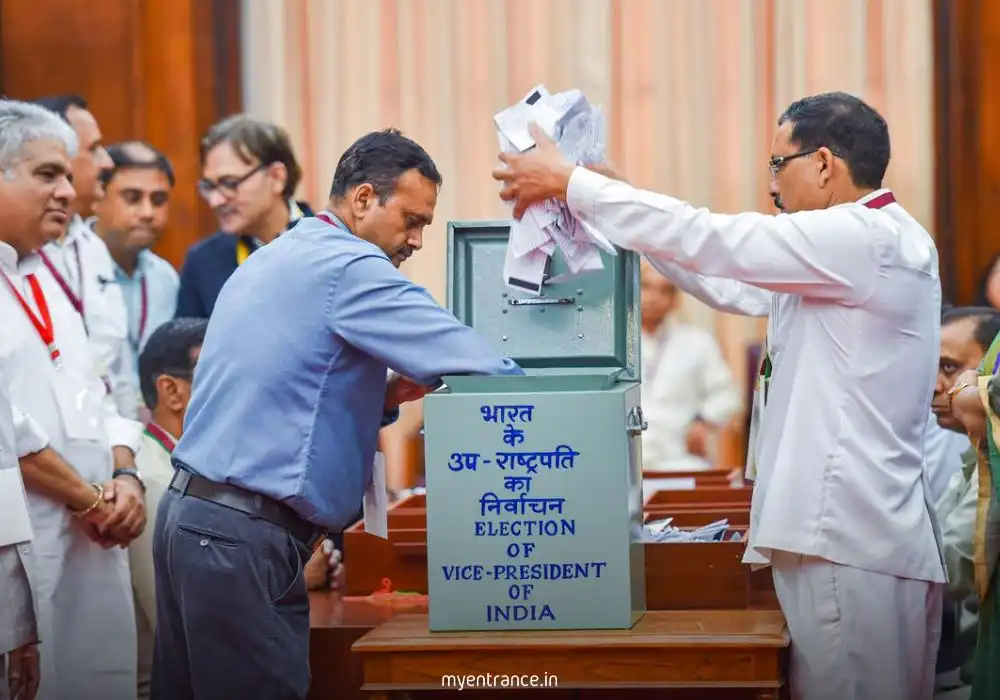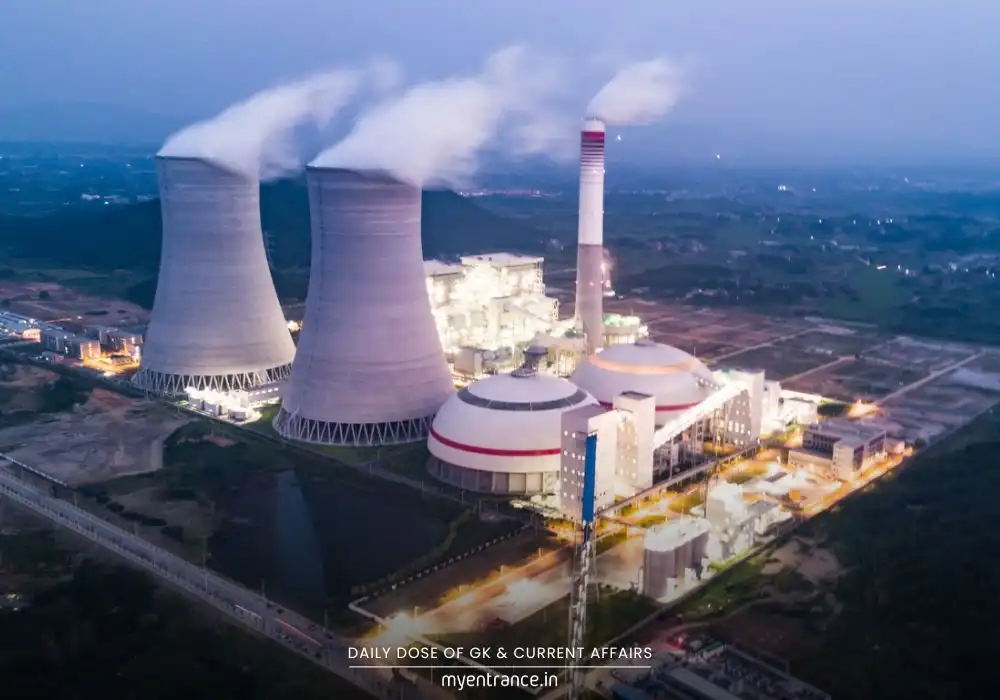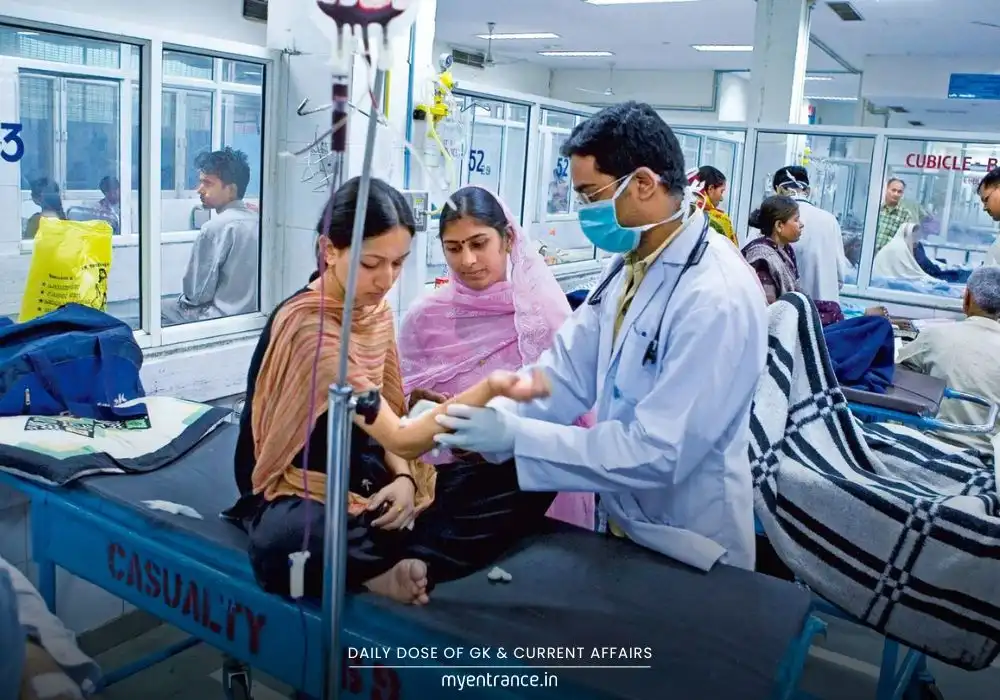Translate Language
Beyond the “Dead Economy” Jibe: Decoding India’s Real Economic Strength for UPSC/SSC
Recent US trade actions and sharp rhetoric tested India-US relations, but India’s diplomatic response showcased strategic maturity. Understanding this episode is crucial for grasping India’s foreign policy and economic realities. For competitive exam aspirants, it’s a vital case study in current affairs.
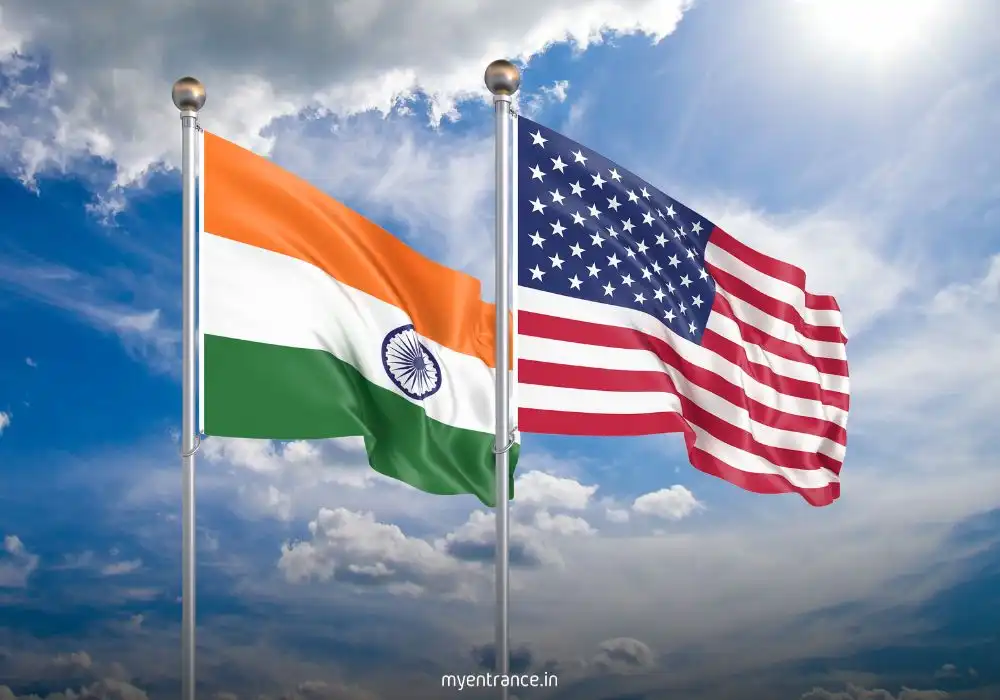
Let’s break down the “MEA dials down Trump noise” situation clearly. When former US President Donald Trump made a series of provocative statements – taking credit for the India-Pakistan ceasefire, calling India a “dead economy,” imposing fresh 25% tariffs, and threatening penalties over Russian energy/defence deals – it created significant diplomatic friction. Instead of escalating rhetorically, India’s Ministry of External Affairs (MEA) chose a path of pragmatic diplomacy.
Focus on Substance, Not Noise: The MEA firmly but calmly emphasized that the India-US partnership is robust and has successfully navigated past transitions and challenges. Their focus remained squarely on the “substantive agenda” of the bilateral relationship, refusing to be drawn into a public tit-for-tat. This demonstrated a mature, long-term strategic view.
Defending Strategic Autonomy: On critical issues like defence procurement and energy security, the MEA was unequivocal. They stated that sourcing defence equipment is solely guided by national security imperatives and strategic assessments. Similarly, energy purchases are driven by market availability and global circumstances, not external pressure. The MEA also reaffirmed India’s “steady and time-tested” partnership with Russia, making it clear these relationships stand on their own merit, not viewed through a third country’s lens.
Understanding Trump’s Tactics: Indian analysis suggested two key drivers behind Trump’s approach:
A well-known negotiating tactic: Imposing high tariffs or penalties upfront to create maximum pressure and force concessions later (as seen with China).
Potential annoyance stemming from India’s public fact-checking of his unsubstantiated claim about brokering the India-Pakistan ceasefire, which even PM Modi had clarified during a phone call.
The Underlying Economic Reality: Trump’s “dead economy” label was starkly contradicted by data. Over 30 years (1995-2025), India’s economy grew nearly 12 times its original size – a growth rate outpacing the US itself and far exceeding major US allies like the UK, Germany, and Japan (whose economy even shrank). While India has undeniable challenges – including slower growth post-2011, agricultural distress, manufacturing sector struggles leading to high rural employment, skills mismatches, and low female labour force participation – labeling it “dead” was a gross misrepresentation. India’s economy remains one of the world’s fastest-growing major economies.
The Core Challenge: For Indian diplomacy, the task became threefold: maintaining its principled stance against US pressure, effectively engaging with Trump’s inner circle to resolve trade issues, and managing the potential long-term distrust sown by such public comments.
Why is this Important for Exams?
This episode touches multiple crucial areas for competitive exams like UPSC, SSC, PSC, KAS, NDA, etc.:
Current Affairs: It’s a prime example of contemporary India-US relations and diplomatic handling of complex international situations.
International Relations (GS Paper II – UPSC Mains): Illustrates India’s foreign policy principles (strategic autonomy, multi-alignment), bilateral relations (India-US, India-Russia), and challenges in global trade politics.
Indian Economy (GS Paper III – UPSC Mains): Directly relates to trade policies, tariffs, challenges to economic growth (manufacturing, agriculture, employment), and India’s position in the global economy.
Prelims: Questions can target facts about trade deals, tariffs, key bilateral initiatives (like the India-US COMPACT), or India’s economic growth data relative to others.
Analytical Skills: Tests understanding of geopolitical strategies, economic diplomacy, and the ability to critically analyze leaders’ statements against factual data.
Questions and Answers:
Q1: What was the primary reason cited by the MEA for India’s procurement of defence equipment? (Prelims Style)
A1: The MEA stated that sourcing defence equipment is determined solely by India’s national security imperatives and strategic assessments.
Q2: Briefly explain the two impulses, as per Indian analysis, behind President Trump’s actions against India. (Mains Style – Analytical)
A2: Indian analysis suggested:
* A negotiating tactic of imposing high pressure (tariffs/penalties) to force favourable terms later.
* Potential annoyance at India publicly correcting his claim about brokering the India-Pakistan ceasefire.
Q3: How did the MEA characterize the India-Russia relationship in its response to Trump’s comments? (Prelims Style)
A3: The MEA described the India-Russia relationship as a “steady and time-tested partnership” that stands on its own merit.
Q4: Critically examine the statement: “The bulk of India’s population remaining in the rural and farm sectors is primarily due to the failure to boost manufacturing.” (Mains Style – GS III)
A4: There is merit to this view. Despite being a priority, manufacturing growth (CAGR of 4.04% since 2019-20) has lagged even behind agriculture (4.72%). This failure to generate sufficient, quality non-farm jobs, particularly in manufacturing, has hindered the shift of labour away from low-productivity agriculture, trapping a large population in rural and farm sectors, often at subsistence levels. However, other factors like skill gaps and infrastructure deficits also contribute significantly.
Q5: What key economic data contradicts Trump’s description of India as a “dead economy”? (Prelims/Mains Factual)
A5: Data shows India’s economy grew nearly 12 times in size between 1995 and 2025. Its growth rate consistently outpaced major economies like the US, UK, Germany, and Japan over this period. While facing challenges, sustained growth fundamentally contradicts the notion of a “dead” economy.
Get 3 Months Free Access for SSC, PSC, NIFT & NID
Boost your exam prep!
Use offer code WELCOME28 to get 3 months free subscription. Start preparing today!

